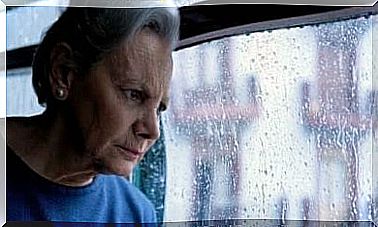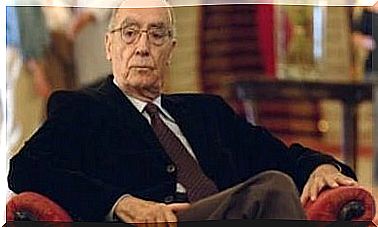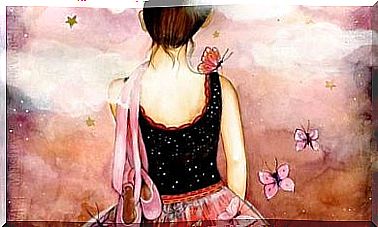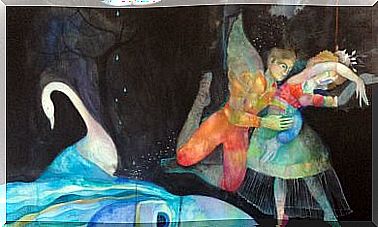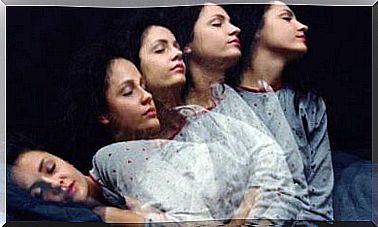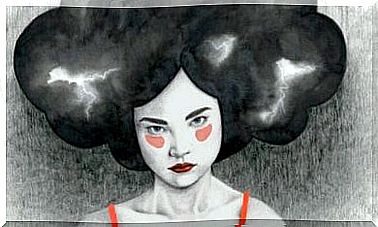Children In Therapy: Solving Dysfunction
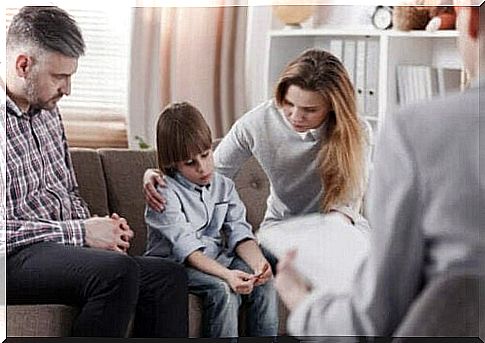
Today, the number of teens and children in therapy is increasing. Attempts to explain the manifestation and dysfunction these children struggle with point to social factors.
To some extent, family dynamics reflect the dynamics of the society in which they exist. Therefore, it is not surprising that children today struggle to understand an increasingly chaotic world. So, what are the motivating factors behind their dysfunctional behavior? How can therapy help?
Let’s go deeper into it.
Chaos on a family and social level
Primary and secondary schools are experiencing a growing level of aggression and violence among students. However, it would be reductionist to attribute violence solely to the school environment.
But it’s worth asking why we expect schools to be free from violence when violence is a constant in every other social context. Traffic accidents, corruption, assault, robberies… Even football fields can become the setting for violence.
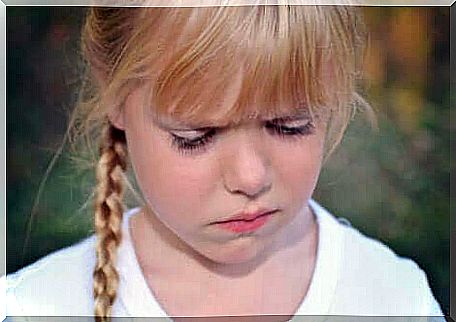
Work is also often an unstable environment, full of corruption and abuse. This has led to an economy characterized by a widening gap between rich and poor and a large population of disenfranchised, angry people. As if that weren’t enough, television is full of mind-blowing shows about wars between stars and people in show business.
If society is supposed to give children parameters about right and wrong, but they are only shown stupidity, corruption and violence, how can they expect to have a healthy view of the world?
Being in a constant state of crisis exacerbates problematic situations and conflicts within the family. That, in turn, injects a certain amount of neurosis into each family member. Dysfunction is no longer just setting a trap, it’s attacking.
Problems at home
Family units do not stand alone. They are immersed in the social context and inevitably reproduce to some degree the good and the bad of culture in its broadest sense.
Today’s family climate is identical to the social climate. People struggle to keep up with an overly demanding workload for fear that they will be replaced if they fail.
Many couples hardly talk to each other at home. They take care of the logistics of daily life and the education of the children. Discussions revolve around bills and schedules, but ignore deeper and personal questions and reflections.
They don’t want to disturb the delicate balance of their existence, for they fear it could lead to the chaos that comes from an eventual separation. This lifestyle causes a kind of helplessness that manifests itself in unhealthy reactions that snowball into something big and destructive.
Children and Symptoms of Dysfunction
Children get stuck in these behavioral patterns and parents become less tolerant. A demanding environment with little room for complaining or emotional expression leads to violent situations.
However, this climate of marital tension goes even deeper. When parents are constantly arguing, they begin to involve their children in their vicious circle of conflict.
Each child becomes part of the dispute and tends to side with one parent or the other. If the child takes the side of the father, they will be angry about everything their mother does to the father.
At the same time, they feel guilty for thinking bad things about their mother, and vice versa. This cycle of guilt and anger helps perpetuate the tense, stressful family environment.
The communication of complexity quickly becomes complicated. The children’s feelings begin to manifest themselves in other contexts as well. In other words, they start behaving badly in the other place where they spend a lot of time, which is school.
Problems at school
At school, the child reproduces the unhealthy communication style learned at home. It also releases pent-up feelings of anxiety and stress.
It’s enough to mimic the violent behavior they’ve seen at home a few times, quickly earning them the label “bully.” Once that happens, they will likely develop some sort of learning disability.
One thing leads to another and they become the target of name-calling and bullying by their classmates. This makes them feel left out and alone, which leads to more aggressive and violent behavior and reinforces the label.
Meanwhile, parents get messages from school about their child’s bad behavior and bad grades. They then focus all their attention on that child and try various rewards and punishments to change their behavior. However, this strategy is usually quite ineffective.
Now the child is not only problematic at school, but also at home. However, there is some wisdom in this. In fact, they have managed to let pent up emotions run free and they have got their parents to pay attention to them.
This is also a distraction from quarrels that could lead to a divorce. This exhausting cycle repeats itself over and over. If you don’t stop it, it will lead to chaos, despair and even psychological disorders.
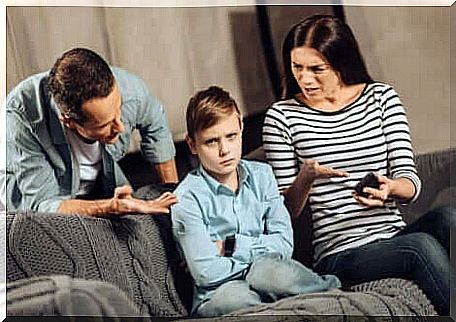
Children in therapy can help address dysfunction
Going to therapy today is much more socially acceptable than it used to be. Most people no longer associate it with being “crazy.” Instead, it is generally seen as a healthy way to address psychological issues and increase well-being.
Thus, today’s parents have the opportunity to take their children to therapy to address their symptoms and resolve dysfunction.
Some therapists prefer to interview the parents first and then do a series of individual sessions with the child. Beginning with the ages of four and five, therapists use play therapy with their patients as a way to identify and decipher the signs of conflict.
The symptoms children show can express their parents’ relationship problems, intolerance to divorce, or a fragmented family, among other things.
The therapist’s job is to read the message the symptom is trying to express. Family therapy thus helps the therapist understand the dynamics of the family and the resulting behavior of the child.
Whatever the therapeutic strategy, it should give the child or teen the tools and resources they need to undo this dysfunctional process.
Therapists should also inform parents about what is happening to their children in therapy so that they can take responsibility for the root causes of the problem. If they keep putting all the blame on the child, they don’t solve anything and the cycle just continues.
Children in therapy: conclusion
In short, psychotherapy should be a place where there is room for reflection and learning. It is also a way of organizing and correcting the diversions and destabilizing factors of one’s well-being. For a child living with stress, anxiety, uncertainty and instability, it is immensely rewarding to see them smiling again.
